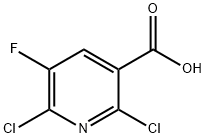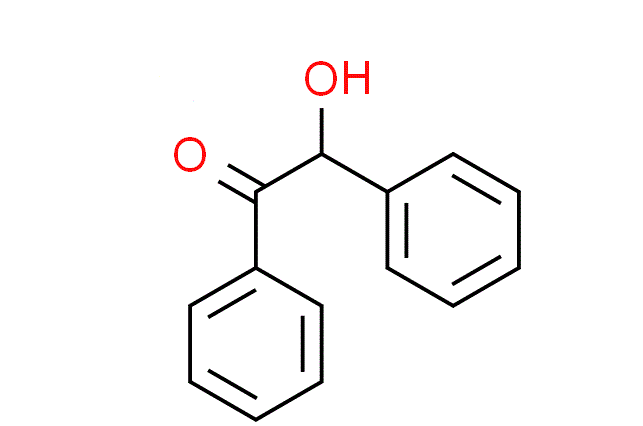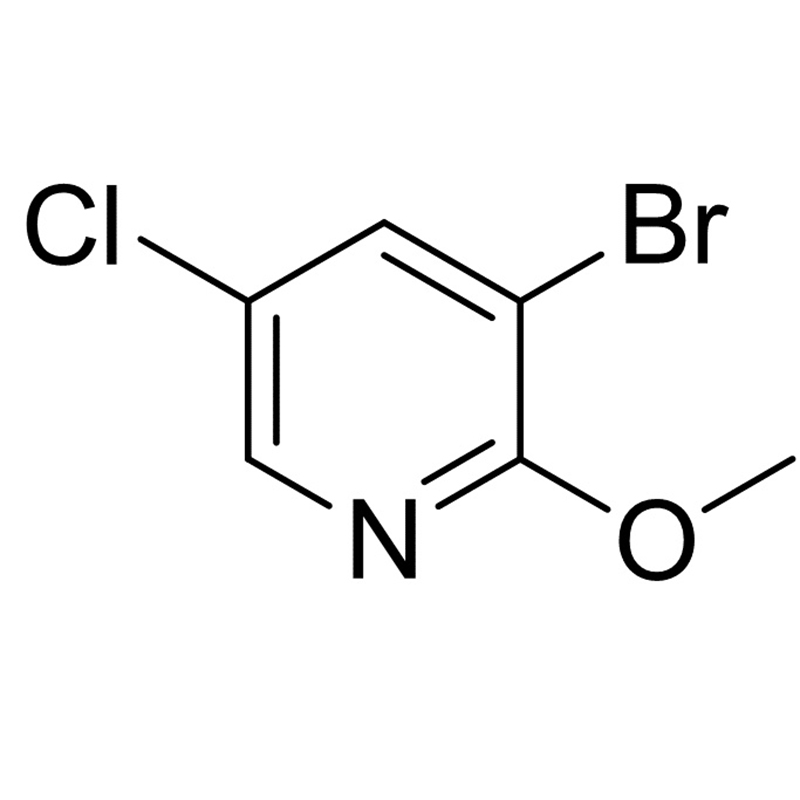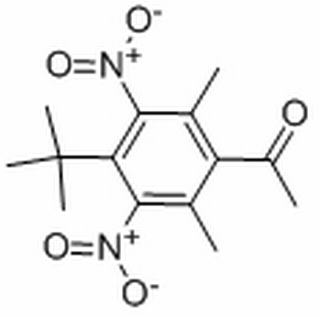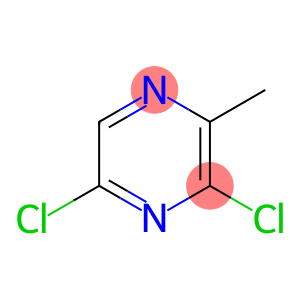2 6-Dichloro-5-fluoronicotinic acid(CAS# 82671-06-5)
| Hazard Symbols | Xi – Irritant |
| Risk Codes | 36/37/38 – Irritating to eyes, respiratory system and skin. |
| Safety Description | S26 – In case of contact with eyes, rinse immediately with plenty of water and seek medical advice. S37/39 – Wear suitable gloves and eye/face protection |
| WGK Germany | 1 |
| HS Code | 29333990 |
| Hazard Class | IRRITANT |
Introduction
Fluoconomicin, also known as pentafluoroconomicin, is an organic compound. Here are some basic information about CFNIC:
Quality:
- Appearance: Flucloponacin is a colorless crystal or white crystalline powder.
- Solubility: It is almost insoluble in water, but it can be dissolved in organic solvents such as ethanol and acetone.
- Stability: It is a relatively stable compound, but it may break down under strong acidic or alkaline conditions.
Use:
- Chemical synthesis: Chloroconicotinic acid can be used as a reaction medium in chemical synthesis and acts as a catalyst or medium in some organic synthesis reactions.
- Fungicide: It has a strong antibacterial and bactericidal effect, and can be used in the preparation of pesticides, insecticides and other agricultural and herbicide fields.
Method:
- Chloronicotinic acid can be prepared by a reaction between fluorohydrocarbons and chlorinated hydrocarbons.
Safety Information:
- Follow safe laboratory protocols and wear appropriate personal protective equipment such as lab gloves and safety glasses during use of CFNIAC.
- It is somewhat corrosive, and care should be taken to prevent contact with the skin, eyes, and mucous membranes when taking and storing it.
- Inhalation of CFC dust or vapours should be avoided to prevent irritation and damage to the respiratory tract.
- When handling CFNIACIN, contact with strong oxidants and combustibles should be avoided to prevent chemical reactions.


